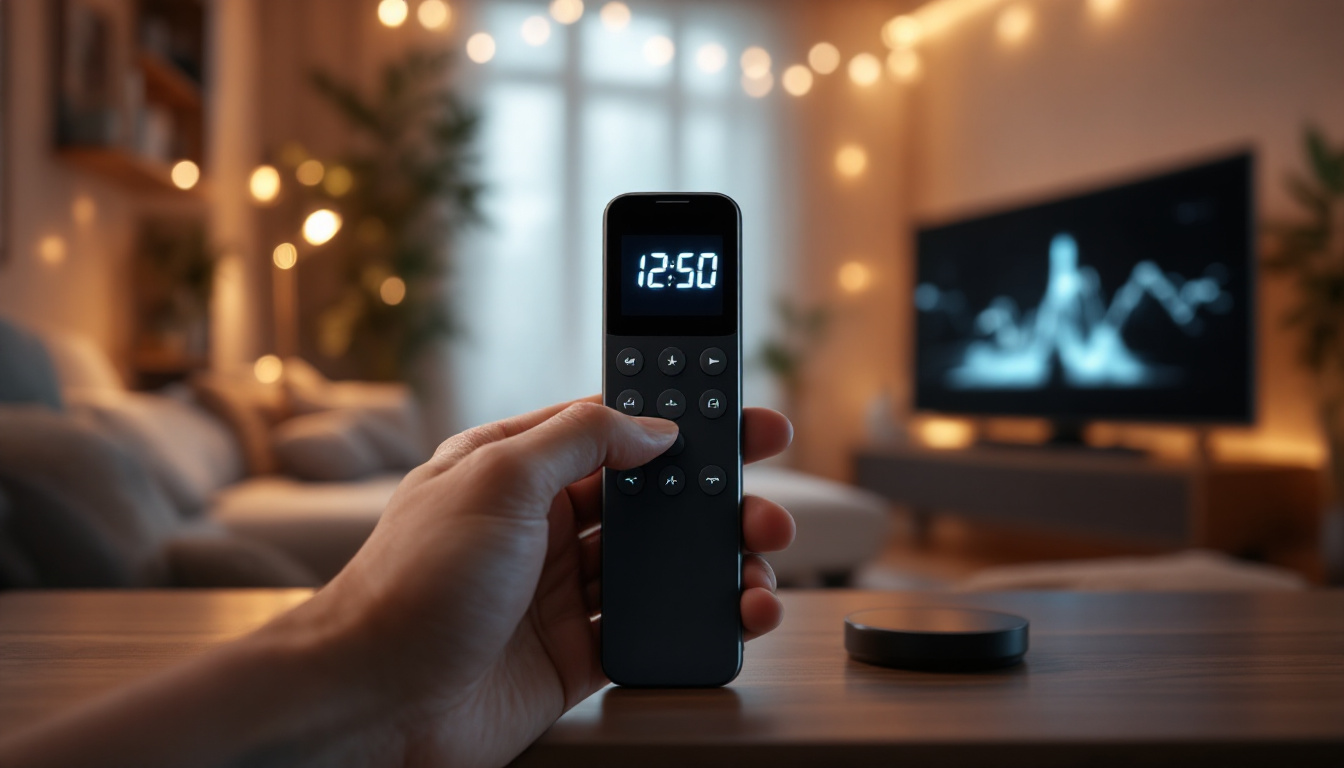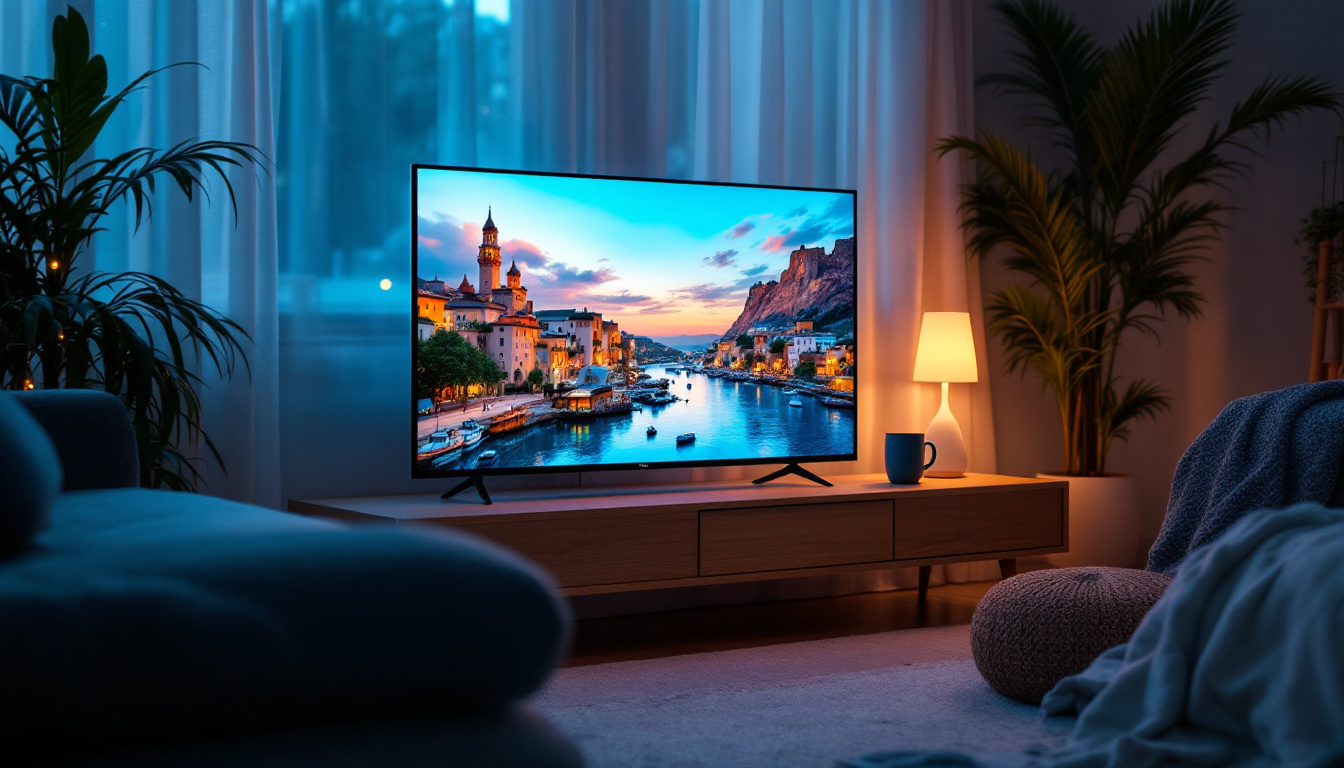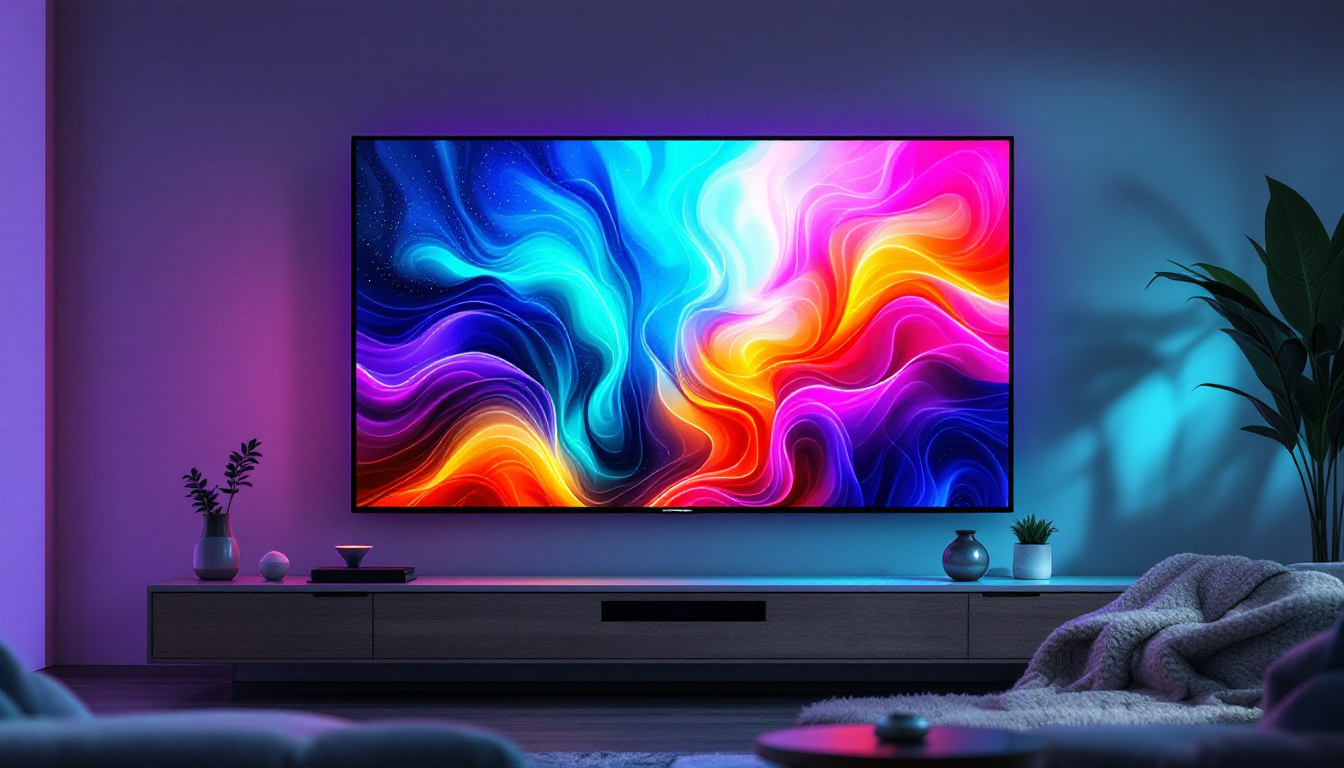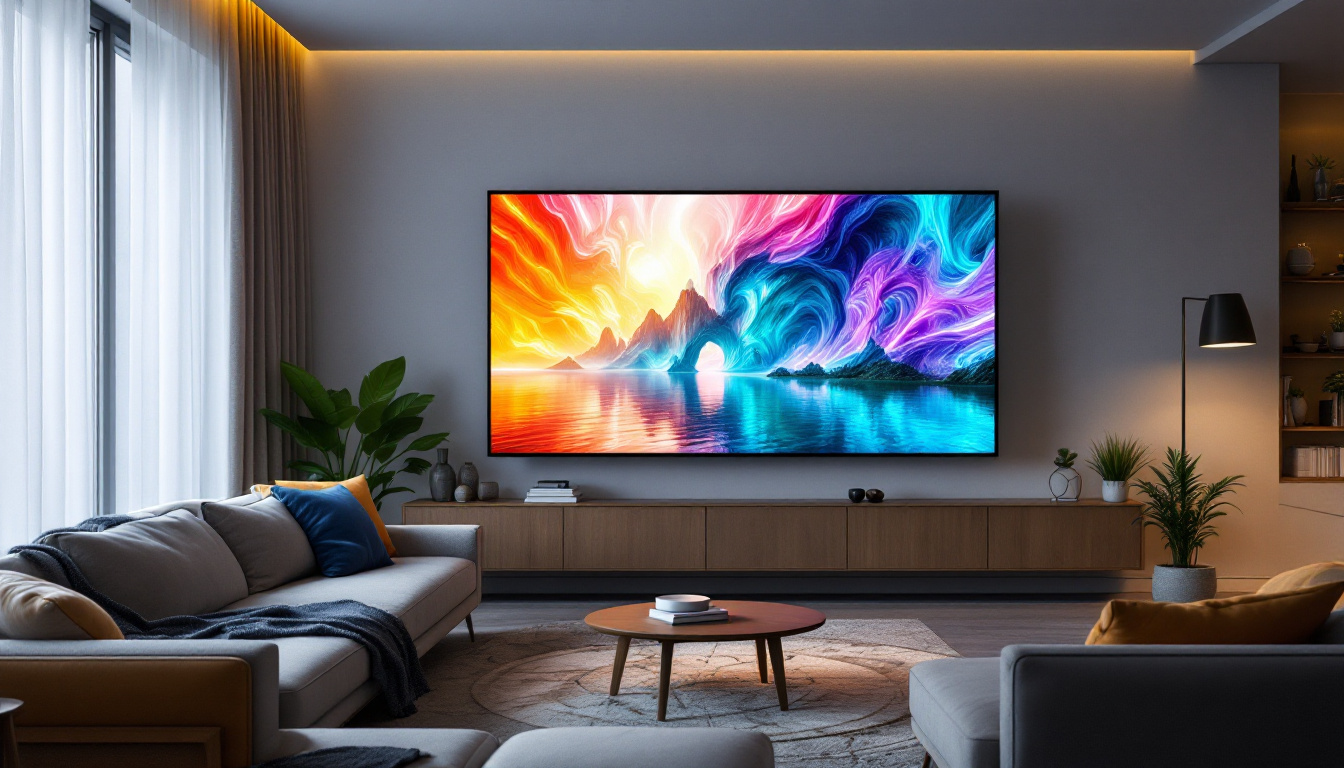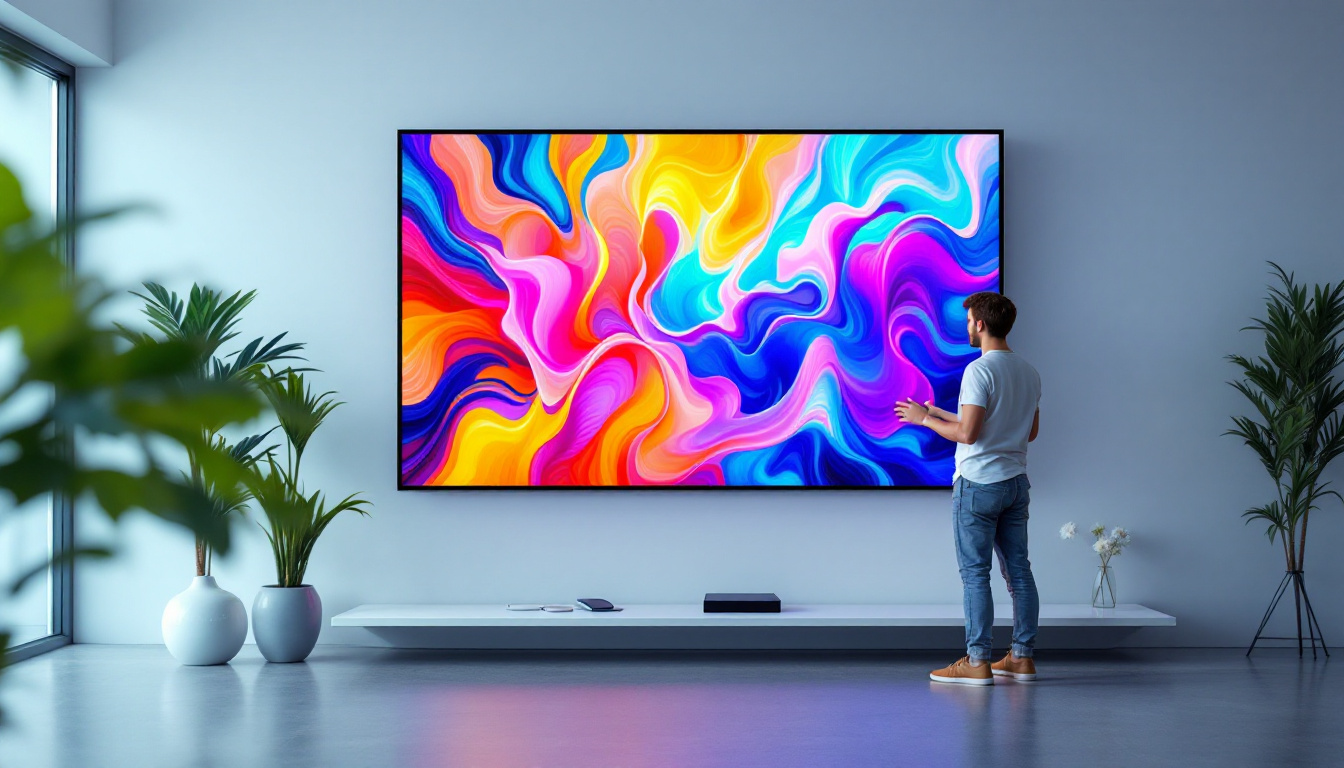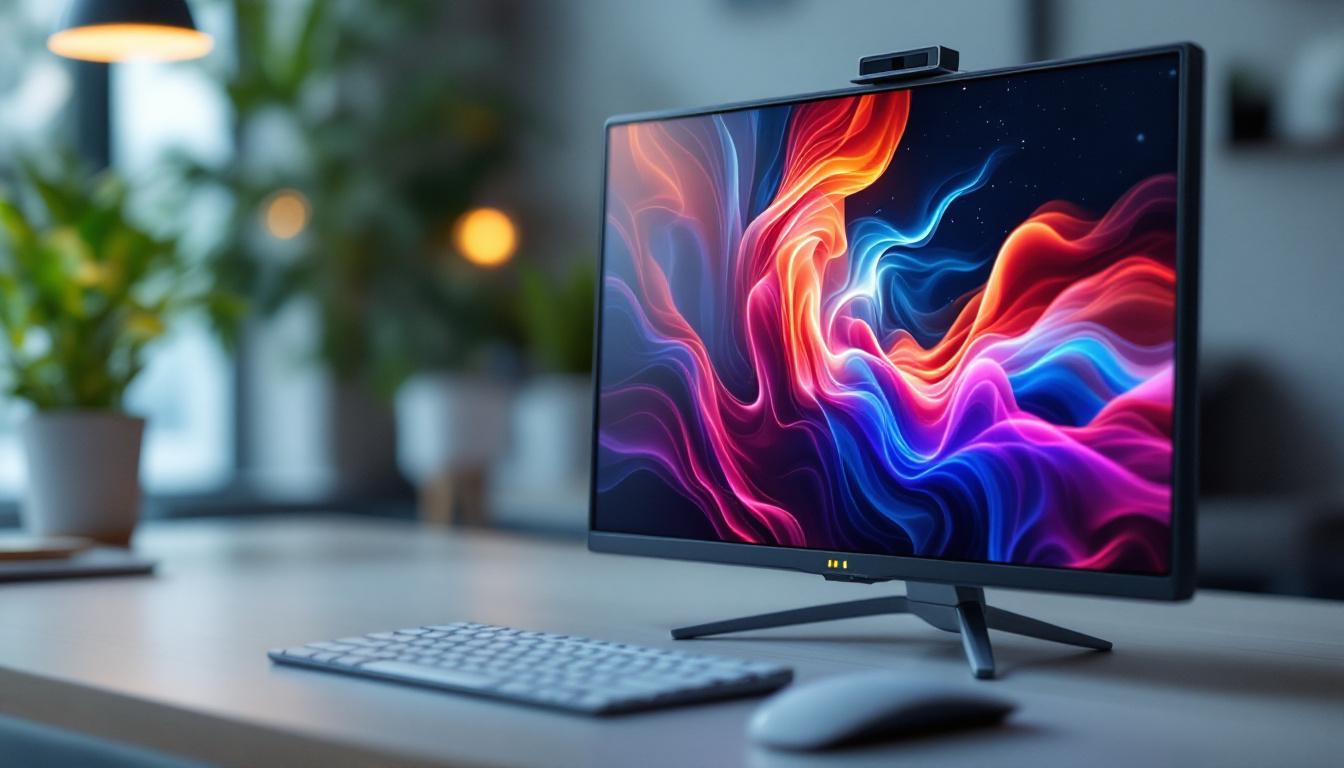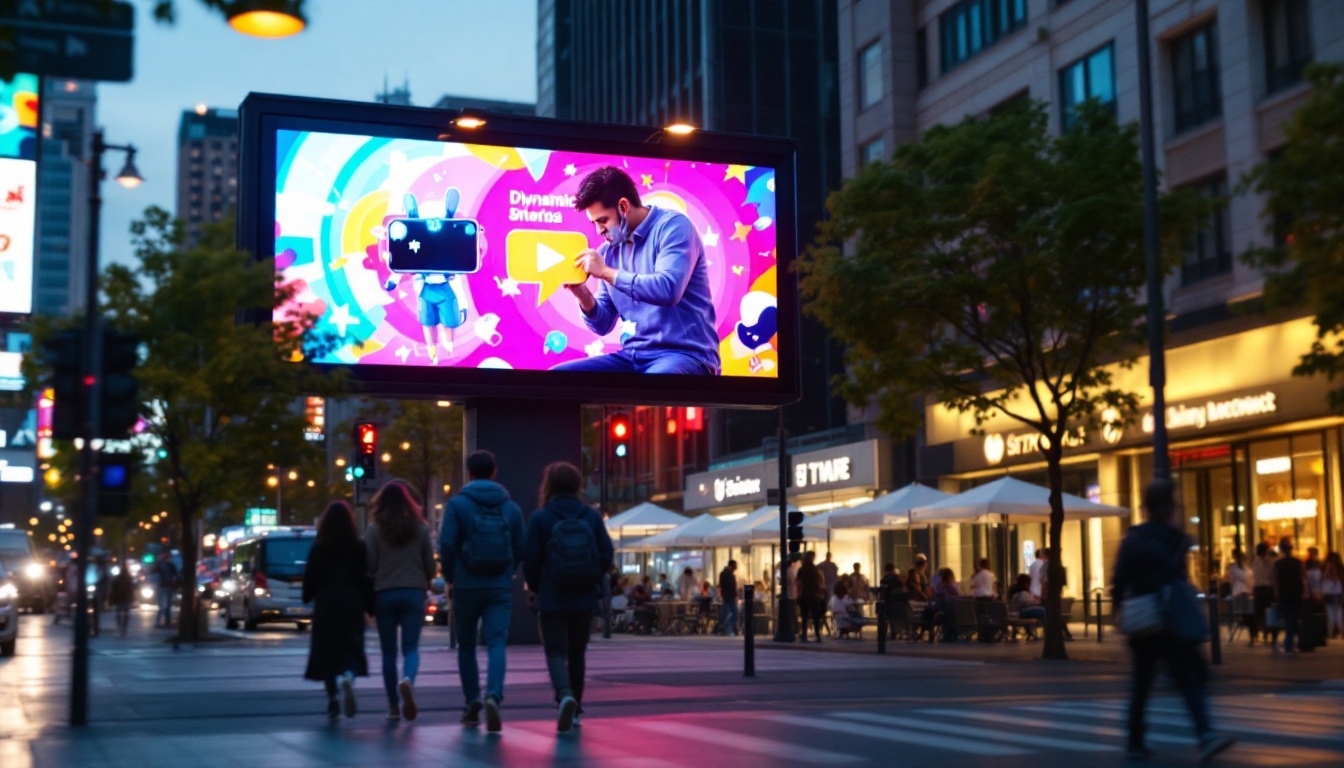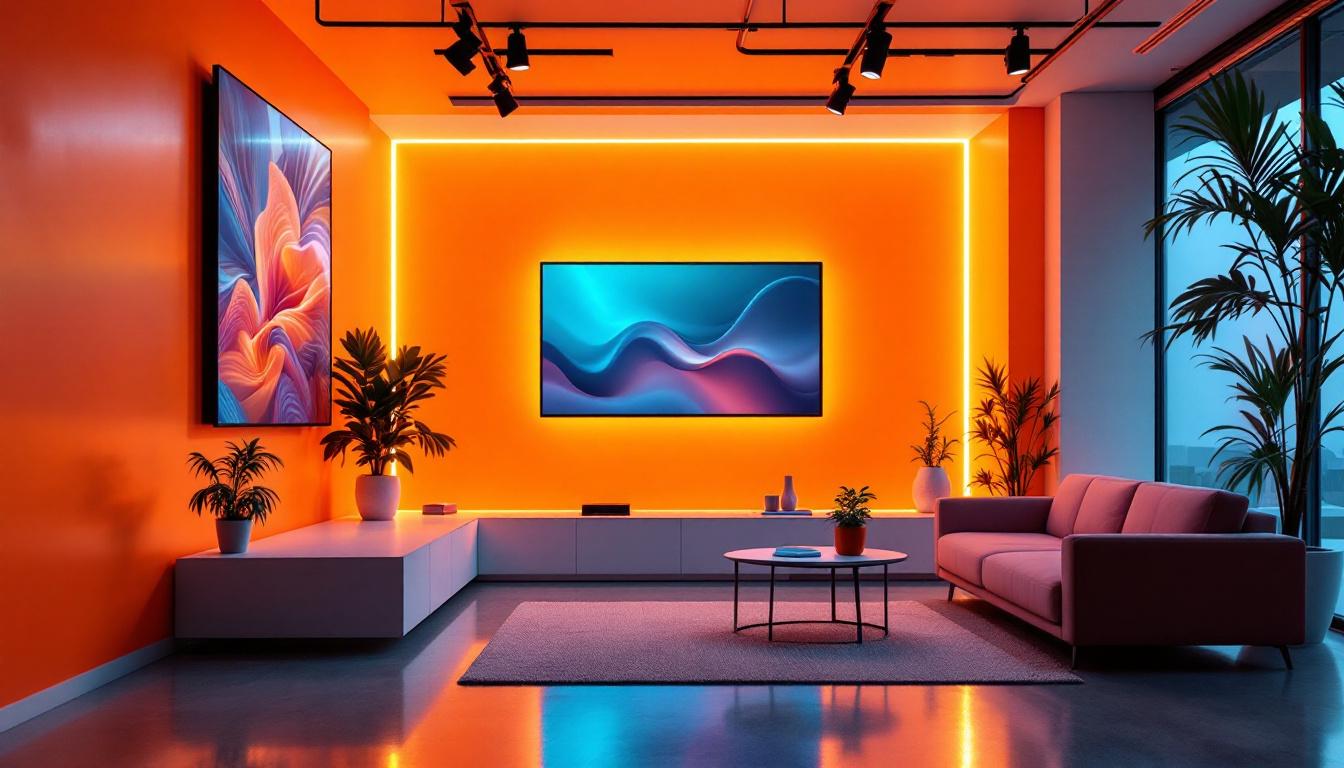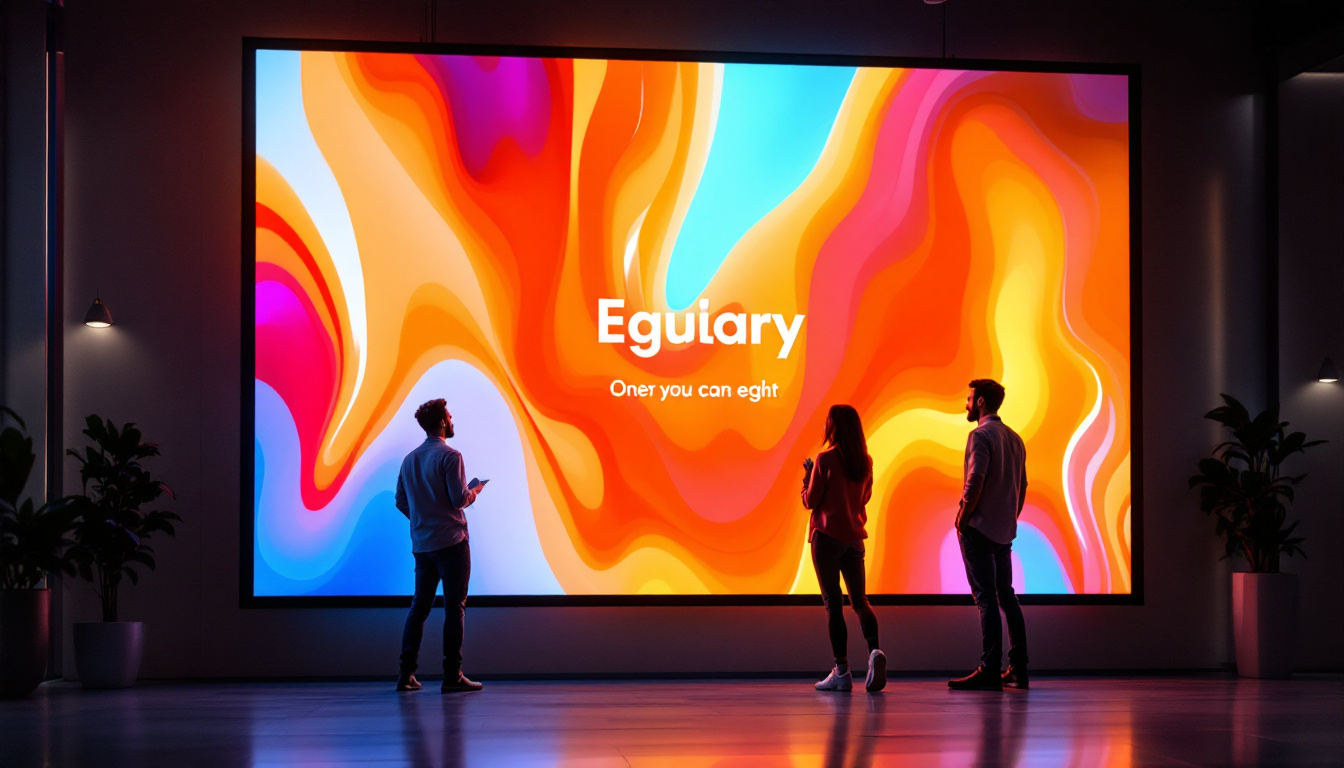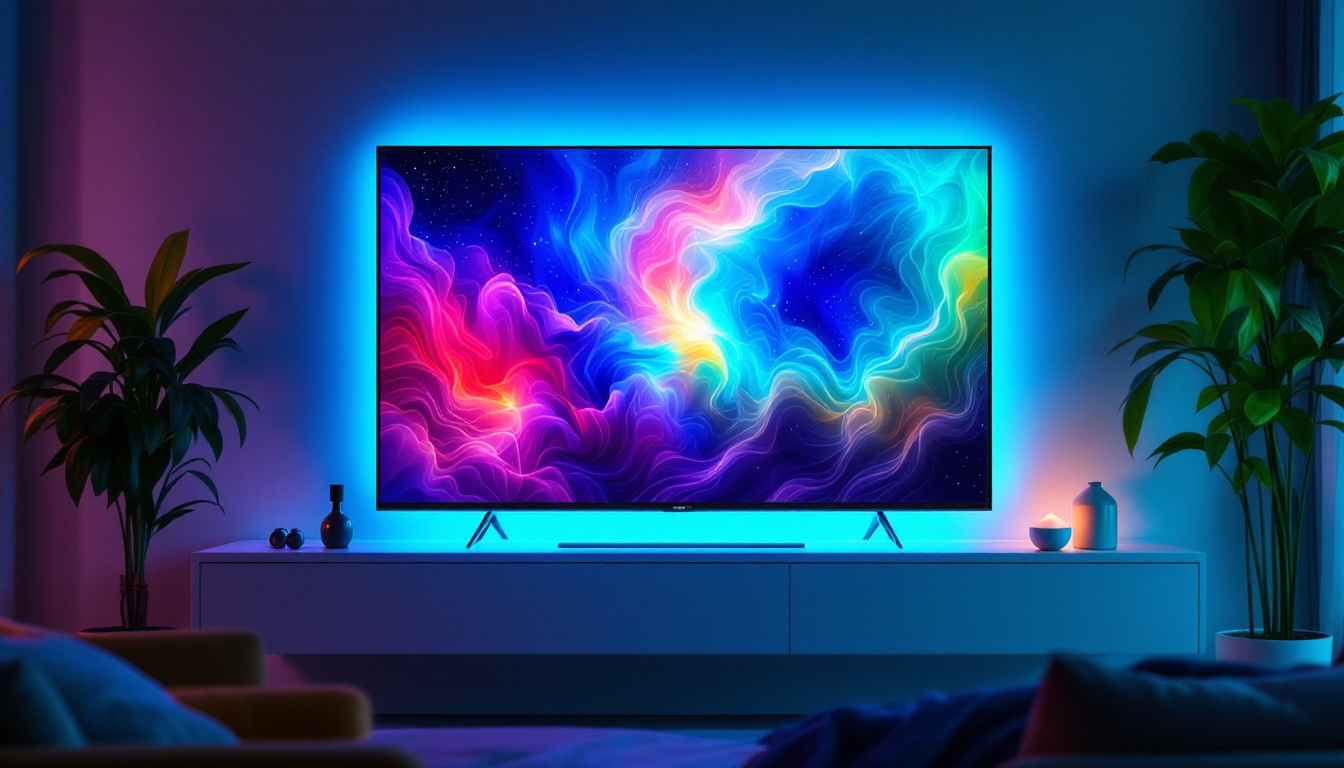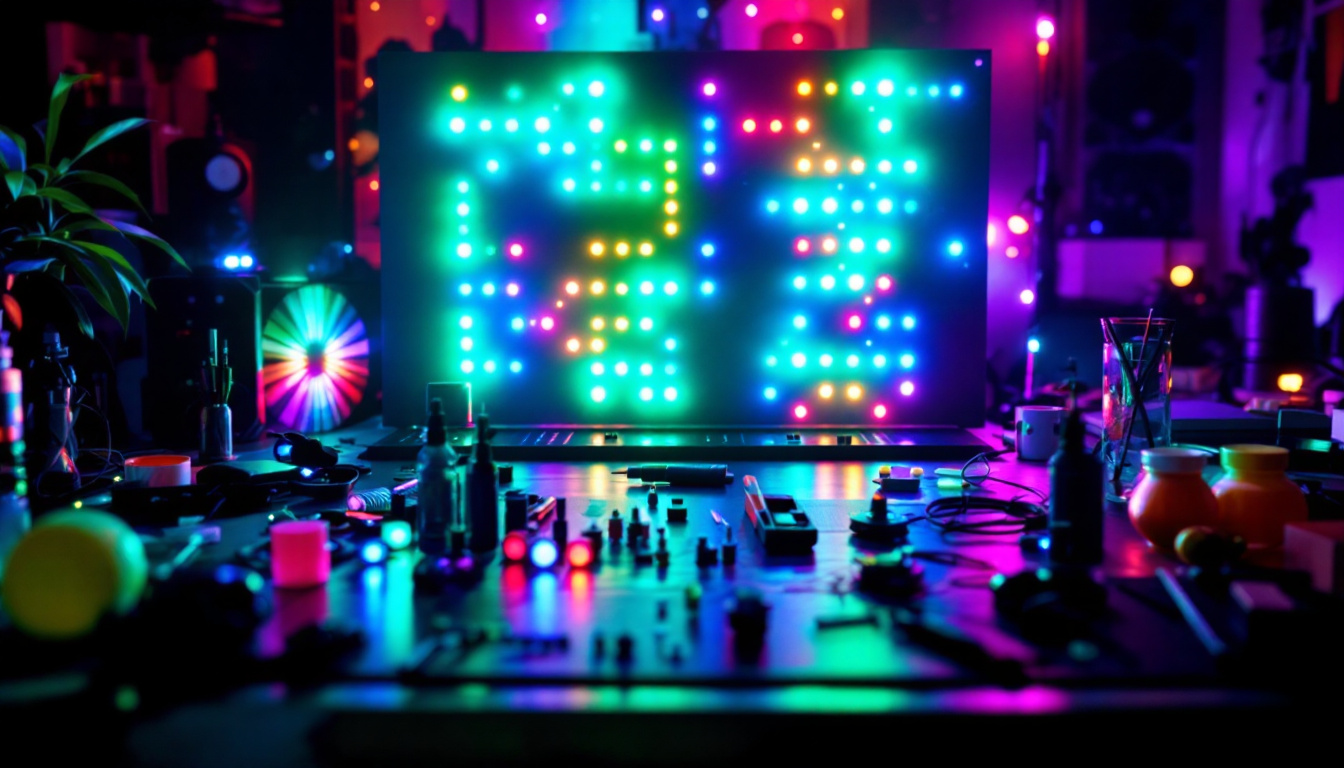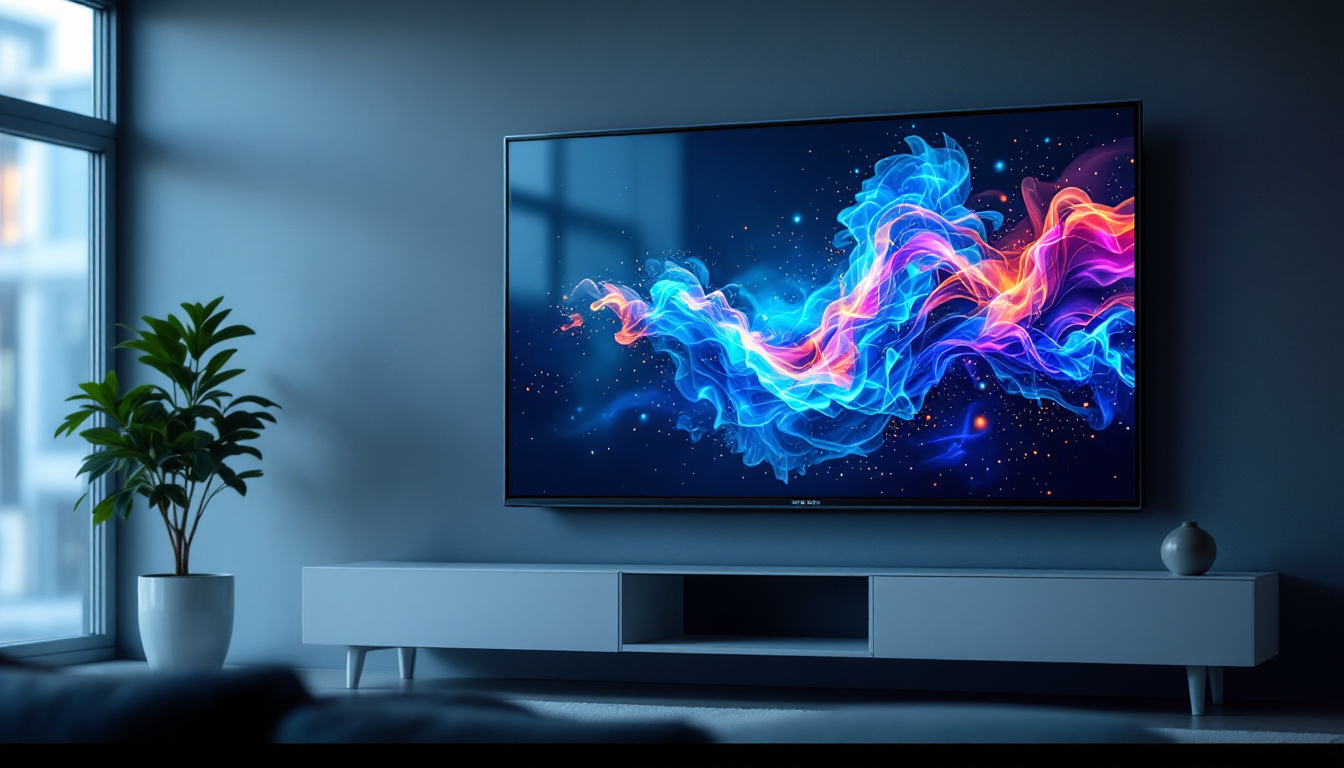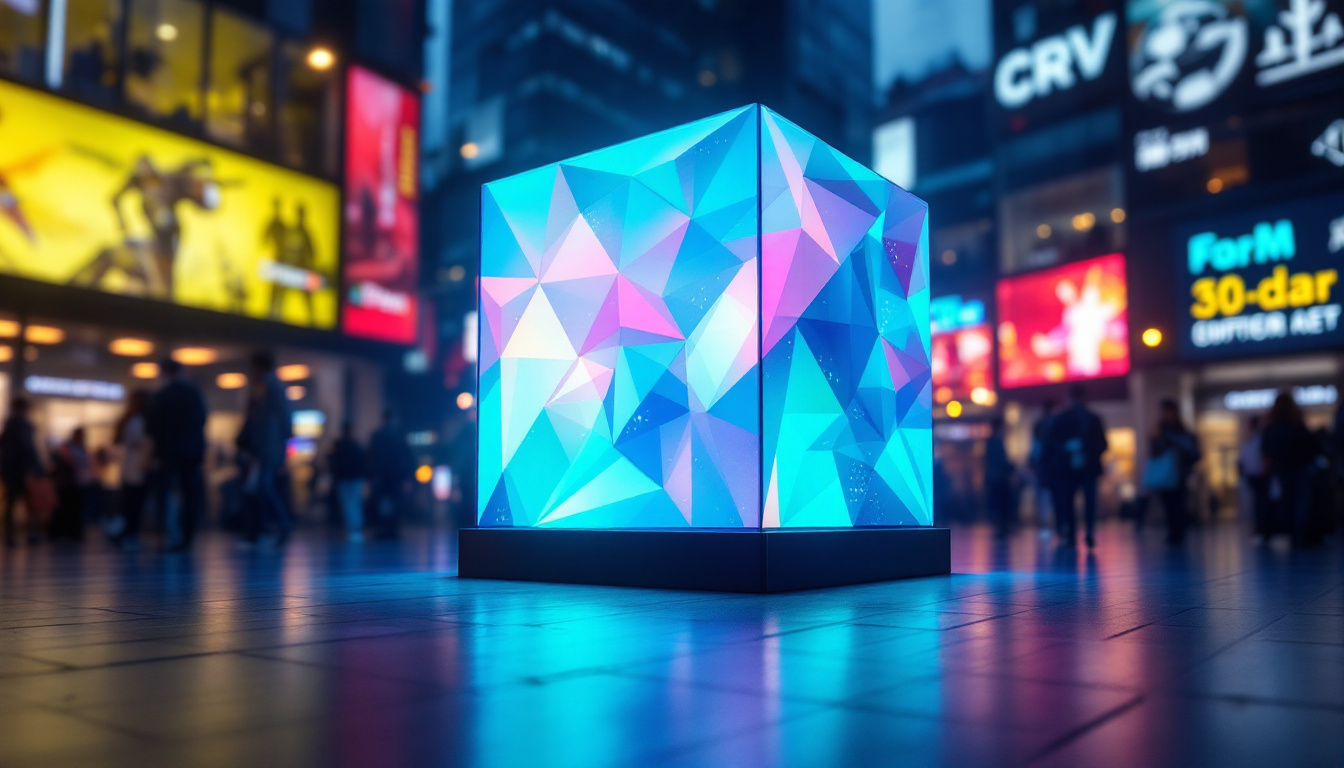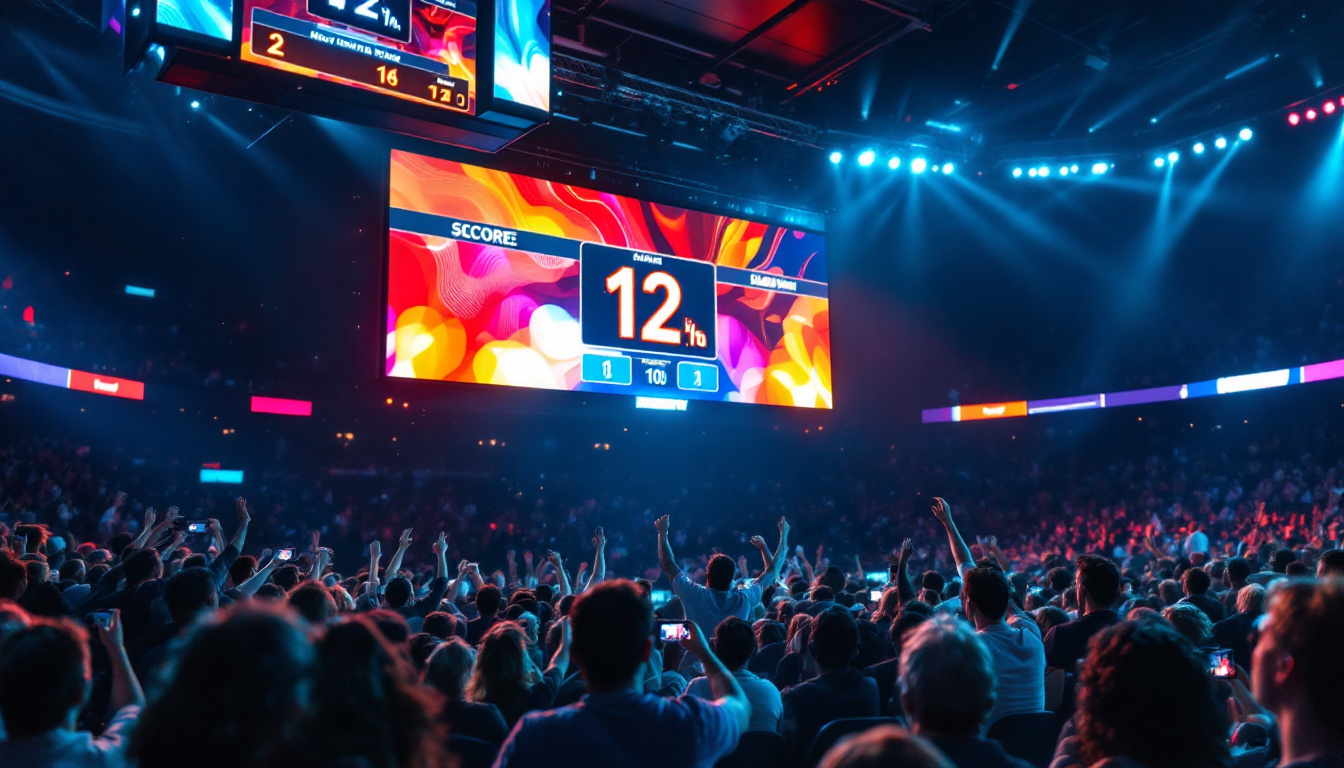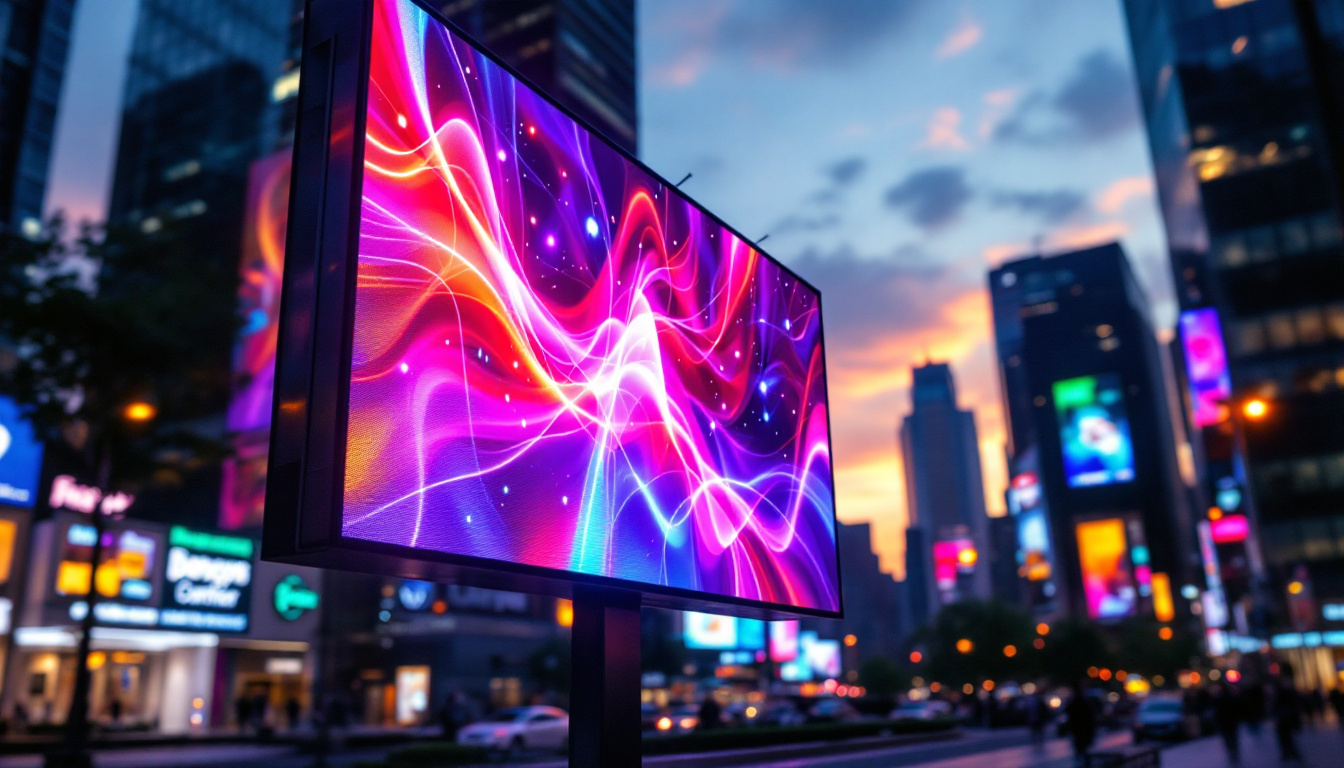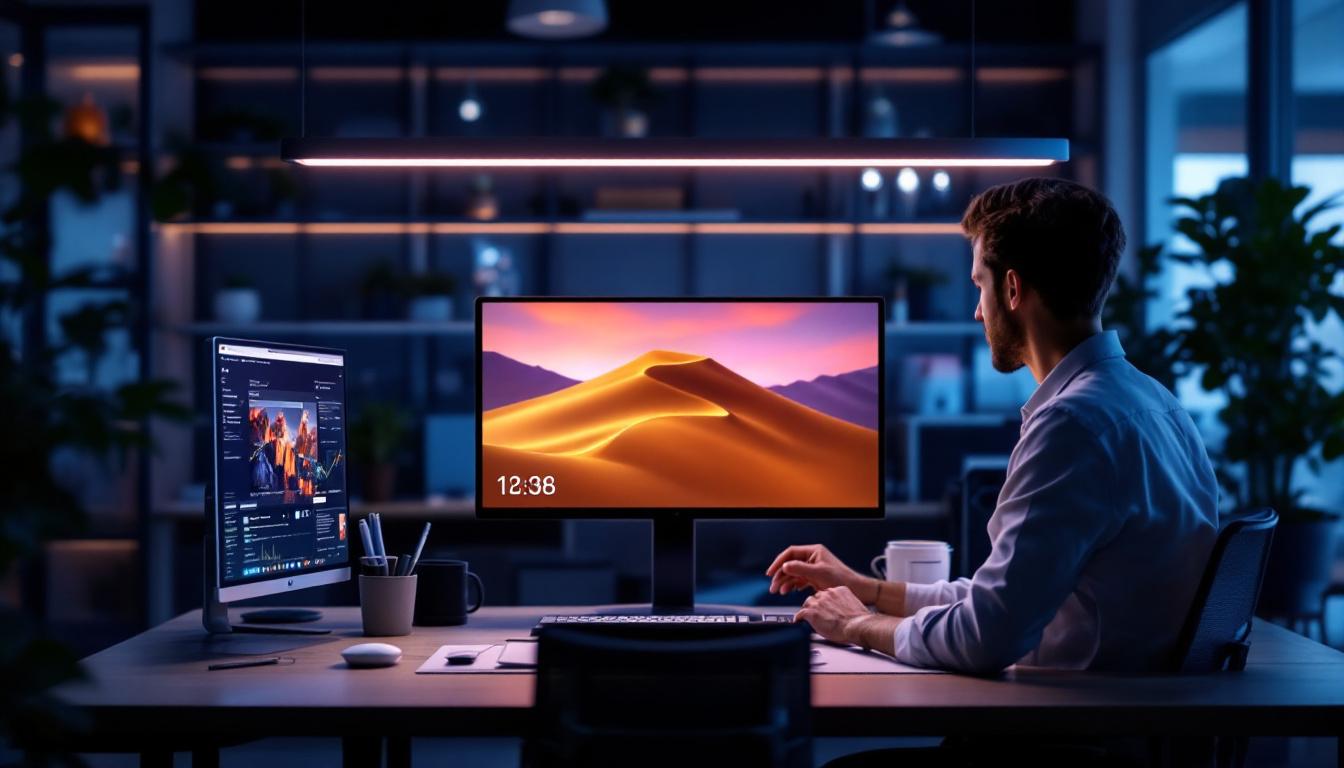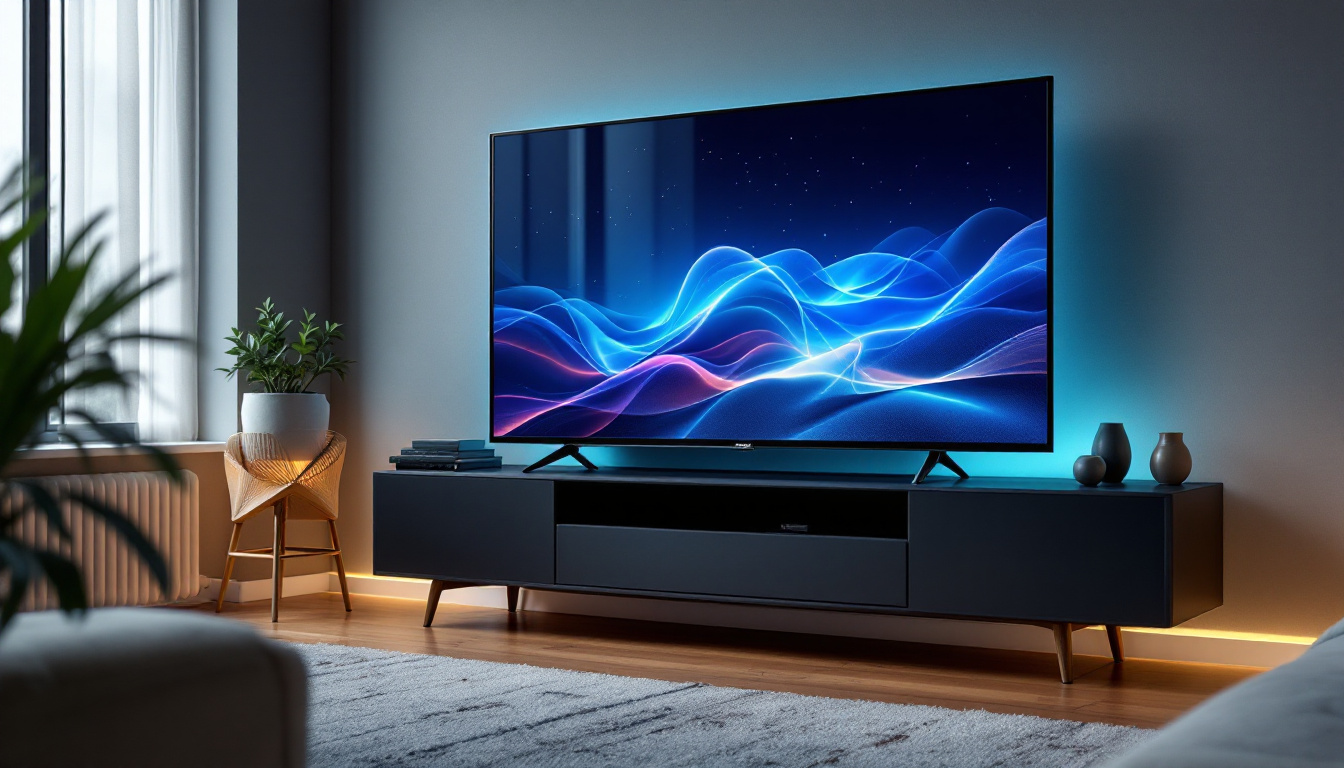Touch Screen Remote Control For TV: LED Display Explained
In the rapidly evolving world of technology, the way we interact with our devices has undergone a significant transformation. One of the most notable advancements is the introduction of touch screen remote controls for televisions. These devices not only enhance user experience but also come equipped with features that make navigation simpler and more intuitive. Among these features, the LED display stands out as a crucial element. This article delves into the intricacies of touch screen remote controls for TVs, focusing particularly on the functionality and advantages of LED displays.
Understanding Touch Screen Remote Controls
Touch screen remote controls have revolutionized how users interact with their televisions. Unlike traditional remotes that rely on physical buttons, these modern devices utilize a touch-sensitive interface, allowing for a more fluid and engaging experience.
How Touch Screen Technology Works
At the heart of touch screen technology is a layer of sensors that detect touch input. These sensors can be capacitive or resistive, with capacitive screens being more common in modern devices. When a user touches the screen, the sensors register the location of the touch and translate it into commands that the TV can understand.
This technology allows for multi-touch capabilities, meaning users can perform gestures such as pinch-to-zoom or swipe, enhancing the overall interaction with the TV. The intuitive nature of touch screens makes it easier for users of all ages to navigate through menus and settings. Furthermore, the responsiveness of touch screens can significantly reduce the time spent searching for content, making it a more enjoyable viewing experience.
Benefits of Touch Screen Remote Controls
Touch screen remote controls offer several advantages over their traditional counterparts. Firstly, they provide a customizable interface, allowing users to arrange their favorite channels or apps for quick access. This personalization makes it easier to find content without scrolling through endless menus.
Moreover, touch screen remotes often come with backlighting and customizable themes, enhancing usability in low-light conditions. The ability to update the software also means that users can benefit from new features and improvements over time, keeping the device relevant and functional. Additionally, many touch screen remotes incorporate voice control capabilities, allowing users to issue commands verbally, which can be particularly useful for those with mobility challenges or for multitasking during a movie night.
Another significant benefit is the integration of smart home controls within these remotes. Users can manage not only their television but also other connected devices, such as smart lights and thermostats, all from a single interface. This centralization of control streamlines the user experience, making it easier to create an immersive home entertainment environment. As technology continues to evolve, we can expect touch screen remote controls to incorporate even more advanced features, further enhancing their functionality and user appeal.
The Role of LED Displays
LED displays are a fundamental feature of touch screen remote controls, serving both aesthetic and functional purposes. The brightness, clarity, and responsiveness of these displays significantly impact user experience. With the rapid advancement of technology, LED displays have become increasingly sophisticated, offering not just a means of interaction but also an immersive visual experience that enhances the overall functionality of remote controls.
Advantages of LED Displays
One of the primary advantages of LED displays is their energy efficiency. Compared to traditional LCD screens, LED displays consume less power while providing superior brightness and color accuracy. This efficiency is particularly beneficial for remote controls, which are often used for extended periods. As a result, users can enjoy longer battery life, reducing the frequency of battery replacements and contributing to a more sustainable environment.
Additionally, LED displays offer better visibility in various lighting conditions. Whether in a dimly lit room or a brightly lit environment, users can easily read the screen without straining their eyes. This adaptability enhances the overall usability of the remote control. The high contrast ratios and vibrant colors of LED displays also allow for a more engaging experience, making it easier to identify icons and navigate through menus quickly, which is especially important during fast-paced viewing situations.
Features of LED Displays in Remote Controls
LED displays in touch screen remote controls come with various features that enhance functionality. For instance, many models include a dynamic display that changes based on the context of use. This means that the buttons and options displayed on the screen can adjust according to the selected application or content, providing a streamlined experience. Such contextual adaptability not only simplifies the user interface but also minimizes the cognitive load on users, allowing them to focus on enjoying their media rather than struggling with complex controls.
Furthermore, some advanced models incorporate haptic feedback, giving users tactile responses when they touch the screen. This feature not only improves the interaction but also helps users feel more connected to the device, making it easier to navigate without looking at the screen constantly. In addition to haptic feedback, some remote controls are now equipped with voice recognition technology, enabling users to issue commands verbally. This hands-free operation can be particularly useful in situations where users are multitasking or when physical interaction with the remote is inconvenient, further enhancing the overall user experience.
Comparing Touch Screen Remotes with Traditional Remotes
The shift from traditional remotes to touch screen models has sparked debates among users regarding their effectiveness and usability. While both types have their merits, understanding their differences can help consumers make informed choices.
Usability and Learning Curve
Traditional remotes are often praised for their simplicity. With physical buttons, users can quickly learn the layout and functions without needing to look at the device. However, this simplicity can also be a limitation, as it restricts customization and adaptability.
In contrast, touch screen remotes may have a steeper learning curve due to their dynamic interfaces. Users must familiarize themselves with the gestures and navigation patterns. Nonetheless, once mastered, these remotes can provide a more efficient and enjoyable experience.
Durability and Maintenance
Durability is another factor to consider when comparing these two types of remotes. Traditional remotes, with their physical buttons, tend to withstand wear and tear better than touch screens, which may be more susceptible to scratches and damage.
However, many manufacturers are now producing touch screen remotes with robust materials and protective coatings, enhancing their durability. Regular maintenance, such as cleaning the screen and ensuring it is free from debris, can also prolong the life of a touch screen remote.
Choosing the Right Touch Screen Remote Control
With numerous options available on the market, selecting the right touch screen remote control for your TV can be overwhelming. Several factors should be considered to ensure you make the best choice for your needs.
Compatibility with Your TV
Before purchasing a touch screen remote, it is essential to verify its compatibility with your television model. Many remotes are designed to work with specific brands or models, while others offer universal compatibility. Checking the specifications will save time and ensure that the remote will function as intended.
Feature Set and Customization Options
Different models come with varying feature sets. Some may include voice control, programmable buttons, or even integration with smart home systems. Consider which features are most important for your viewing habits and lifestyle.
Customization options are also a key factor. A remote that allows users to personalize the layout and functions can significantly enhance usability. Look for models that offer these features to tailor the experience to your preferences.
Future Trends in Touch Screen Remote Controls
The landscape of touch screen remote controls is continuously evolving. As technology advances, new features and enhancements are expected to emerge, further improving user experience.
Integration with Smart Home Technology
One of the most exciting trends is the integration of touch screen remotes with smart home technology. As more households adopt smart devices, the ability to control multiple systems from a single remote becomes increasingly appealing. Future remotes may offer seamless integration with lighting, security systems, and even appliances, creating a centralized control hub for the home.
Enhanced User Interfaces
As user experience becomes a focal point in technology design, future touch screen remotes are likely to feature even more advanced user interfaces. This may include artificial intelligence that learns user preferences and habits, providing personalized recommendations and shortcuts.
Moreover, augmented reality (AR) could play a role in enhancing the interaction. Imagine a remote that can project information about the content being watched or provide additional context through AR overlays. Such innovations could redefine how users engage with their televisions.
Conclusion
Touch screen remote controls for TVs represent a significant leap forward in how users interact with their devices. The incorporation of LED displays enhances usability, providing clear visibility and energy efficiency. While the transition from traditional remotes may present challenges, the benefits of touch screen technology are undeniable.
As technology continues to advance, the future of touch screen remotes looks promising, with innovations that will likely transform the user experience even further. By understanding the features and benefits of these devices, consumers can make informed choices that enhance their viewing experience and embrace the future of home entertainment.
In summary, whether you are upgrading your existing remote or purchasing a new one, considering the various aspects of touch screen technology and LED displays will ensure you find the perfect fit for your television needs.
Discover the Future of Visual Experience with LumenMatrix
Ready to elevate your home entertainment system with the latest in LED display technology? LumenMatrix is at the forefront of innovation, offering a wide array of LED display solutions that promise to transform your viewing experience. From the comfort of your couch, control and immerse yourself in a world of vibrant colors and dynamic visuals with our Indoor LED Wall Display, Outdoor LED Wall Display, and more. Embrace the future of visual communication and make a lasting impression with LumenMatrix’s cutting-edge displays. Check out LumenMatrix LED Display Solutions today and step into the next era of digital engagement.

